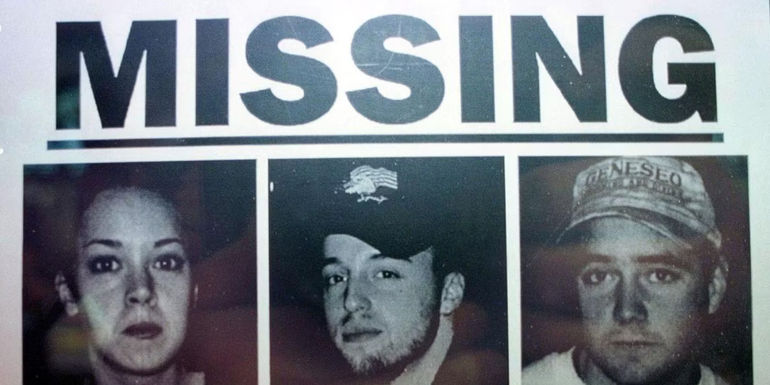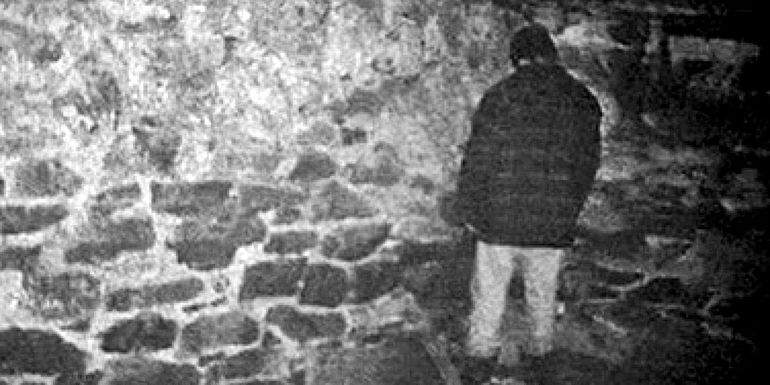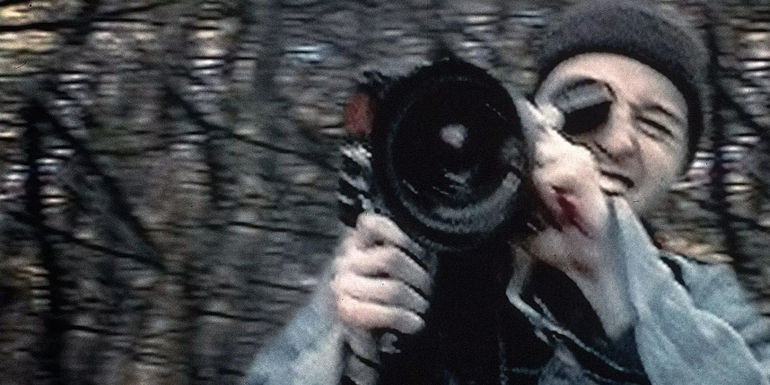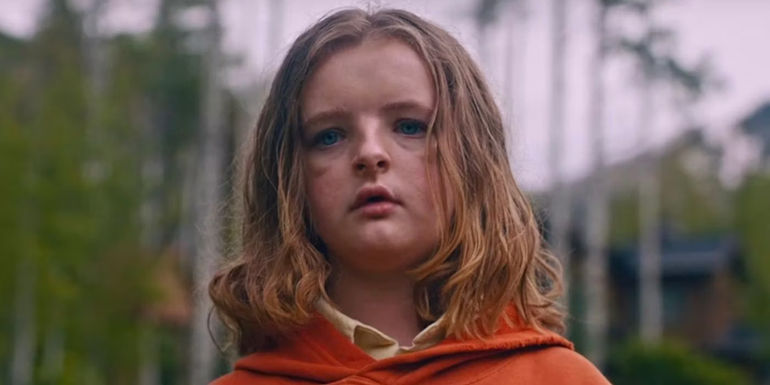
The Most Common Illogical Decisions in Horror Movies

Explore the illogical and fatal decisions made by characters in horror movies that have become enduring clich\u00e9s, leading to disastrous consequences.
The Psychology of Illogical Decision-Making in Horror Movies
Characters in horror movies often find themselves making decisions that defy logic, leading to deadly consequences. These illogical decisions, while serving narrative purposes, can be criticized for their lack of realism and believability. Whether it's disrespecting local cultures or throwing away crucial resources, these poor choices have become enduring horror clich\u00e9s, ripe for satire in self-aware franchises like Scream. Let's delve into the psychology behind these illogical decisions and how they contribute to the tension and terror in some of the best horror movies of all time.
Will Poulter as Mark in Midsommar
While flawed decision-making can serve narrative purposes, it's still easy to criticize scenarios where the protagonists' questionable judgment seems more attributed to genre convention than any believable psychology. When victims' thoughtlessness or obliviousness to danger overrides reasonable behavior, it puts a damper on the investment of the story and renders characters less sympathetic. While horror by definition inflicts suffering, it's debatable whether the cruelty stems more from an uncaring universe or characters unwittingly sealing their own fates.
Heather from The Blair Witch Project
Fatal Decisions That Defy Logic
In the world of horror movies, characters often find themselves in situations where their decisions defy logic, leading to fatal consequences. Let's take a look at some of the most common illogical decisions made by characters in popular horror films, and how these choices set the stage for disaster and terror.
Missing poster of Heather, Josh and Michael from The Blair Witch Project
Ari Aster’s A24 horror film Midsommar follows a group of American students who travel to Sweden to observe the Swedish festival Midsommar that occurs once every ninety years. Mark, played by Will Poulter, foolishly decides to urinate on a sacred tree revered by the villagers. This insult to their customs angers the secretive cult members hosting the festival, who are later revealed to practice ritual murders. Mark's offensive and ignorant actions set in motion a series of disturbing events that ultimately lead to the cult targeting him for their next human sacrifice. His lack of respect for the local culture and traditions proves to be a deadly decision.
Mike stands facing the corner in The Blair Witch Project.
In the under $500,000 budget movie The Blair Witch Project, main character Mike makes an impulsive decision that puts the entire film crew in jeopardy. After days of being lost in the cursed woods, unable to find a way out despite having a map, Mike panics. He confesses to his companions Heather and Josh that he threw their map away, eliminating their best chance of escaping the forest. Tossing the map was a selfish act that showcased Mike's lack of foresight. The blame for the crew's subsequent days wandering in circles with dwindling supplies and strange occurrences happening around them can be directly traced back to this rash decision.
Josh holding a camera in The Blair Witch Project
Another Ari Aster horror movie about grief that depicts a terrible decision is Hereditary. In this film, Peter lies to his mother that he is attending a school event in order to sneak to a party and do drugs with friends. Peter abandons his younger sister, who has a severe food allergy, at the party to get high, resulting in her ingesting nuts and requiring hospitalization. Peter then drives her himself, though impaired, risking their lives rather than properly getting medical assistance. His deceitfulness and negligence leads to a horrible accident, setting off the horrible events to follow.
Close up of Heather's eyes in The Blair Witch Project
The Peril of Ignoring Warning Signs
One of the most common illogical decisions in horror movies is the act of ignoring clear warning signs and venturing into danger. Characters often find themselves in situations where their disregard for danger puts them at great risk. Let's explore some examples of characters making illogical choices by ignoring warning signs, leading to perilous outcomes and terrifying consequences.
Charlie from Hereditary
Jeepers Creepers depicts a road trip gone awry when siblings Darry and Trish have a disturbing highway encounter with an aggressive stranger. After tailing the motorist and witnessing him hide a corpse, the rational response would be to contact law enforcement and keep driving. However, Darry recklessly decides to personally investigate by descending into the pipe that harbors the victim's body. His poor judgment goes against even the most genre-savvy survival instincts, as highlighted when Trish points out exploring ominous tunnels resembles horror movie hijinks. Darry's inability to recognize clear red flags not only demonstrates negligence toward their safety, but also foreshadows the horrifying ending of Jeepers Creepers.
Peter with a bandaged nose in Hereditary
Wes Craven's classic slasher film Scream introduces Casey Becker, who receives a sinister phone call from an unknown man. Despite mounting indications of a dangerous situation, Casey fails to promptly end the call and notify the police. However, Casey's inability to immediately recognize the threat, whether stemming from innocence, curiosity, or sheer stupidity, is no less aggravating, and unfortunately seals her fate.
Steve covered in flames while Annie looks on in horror in Hereditary





















